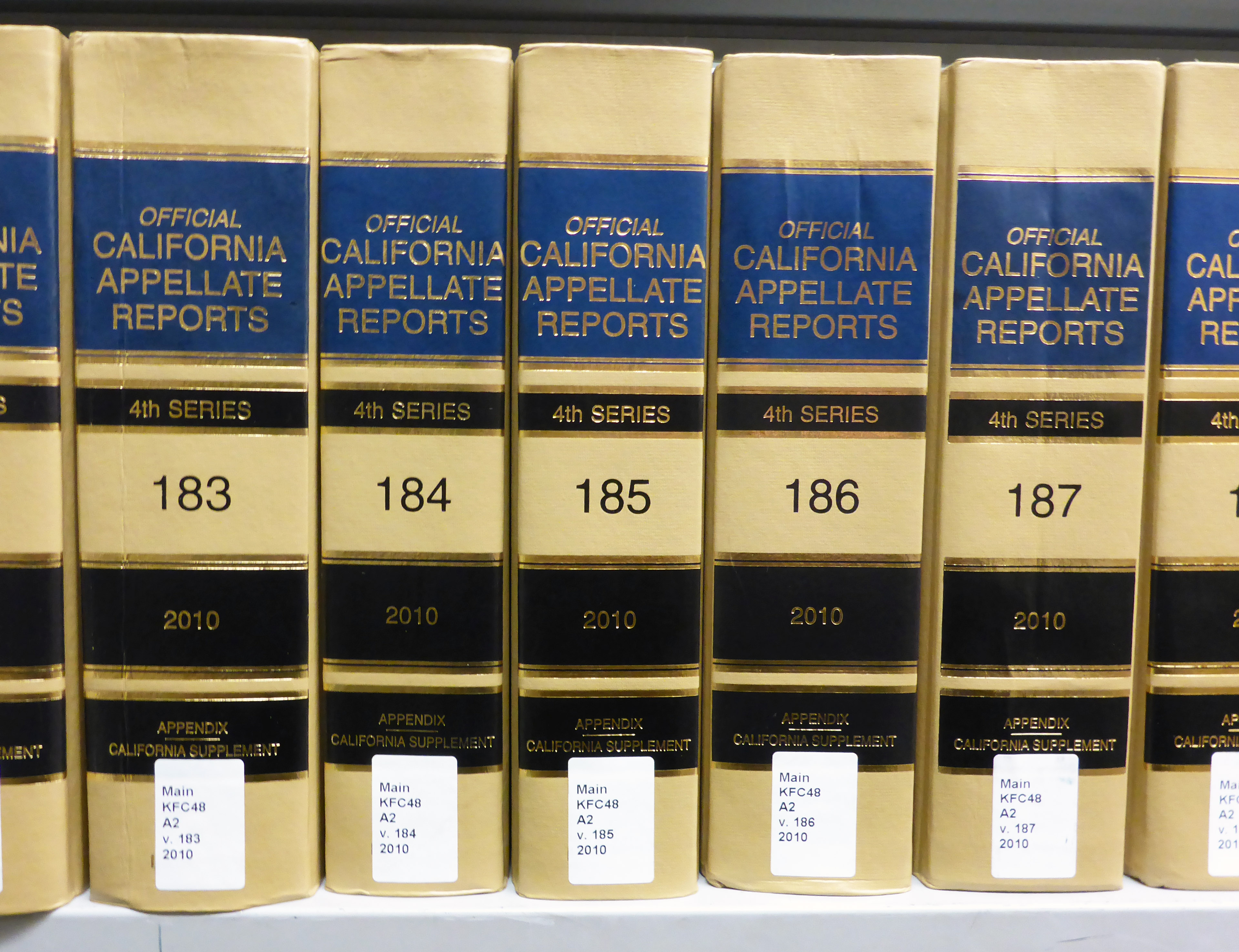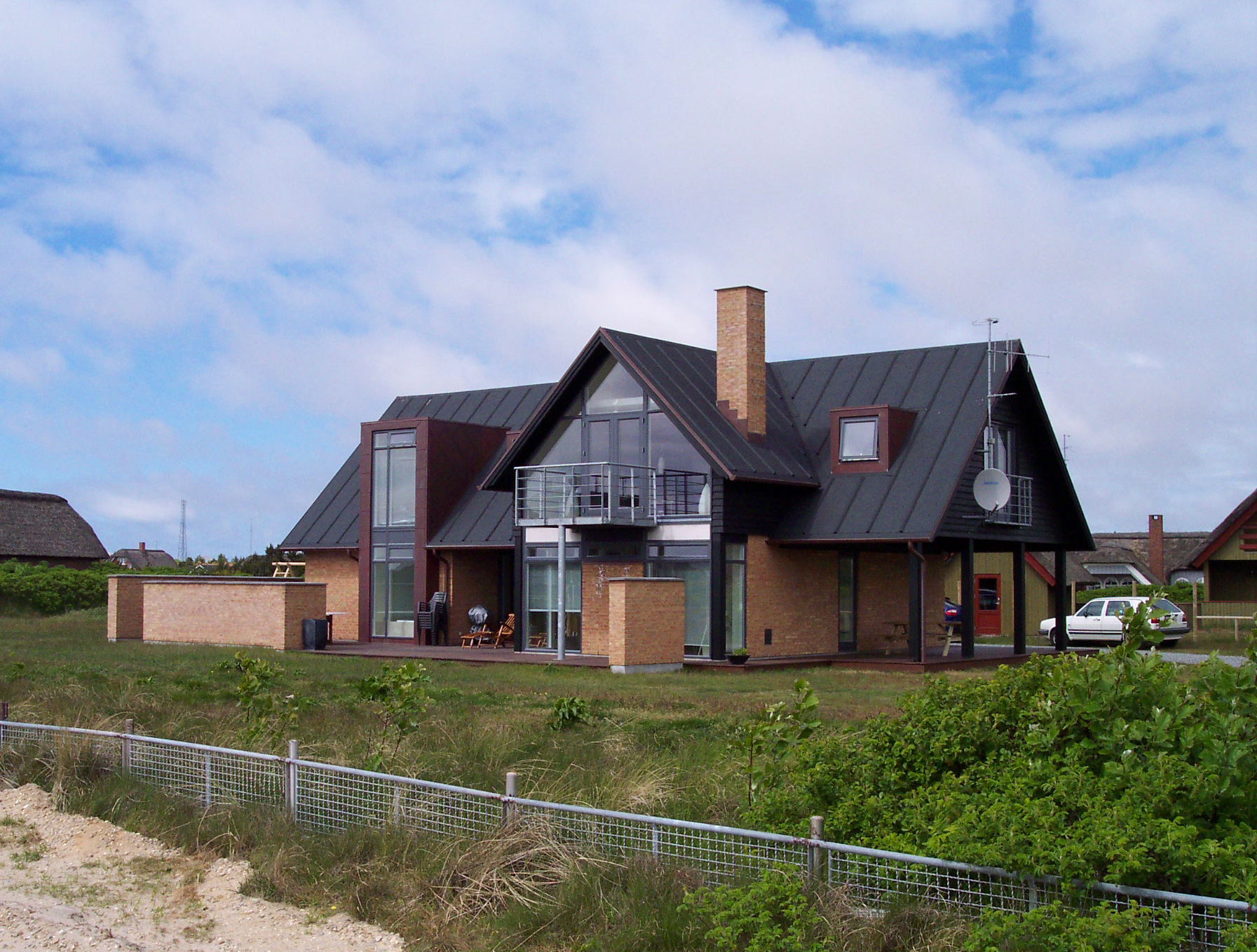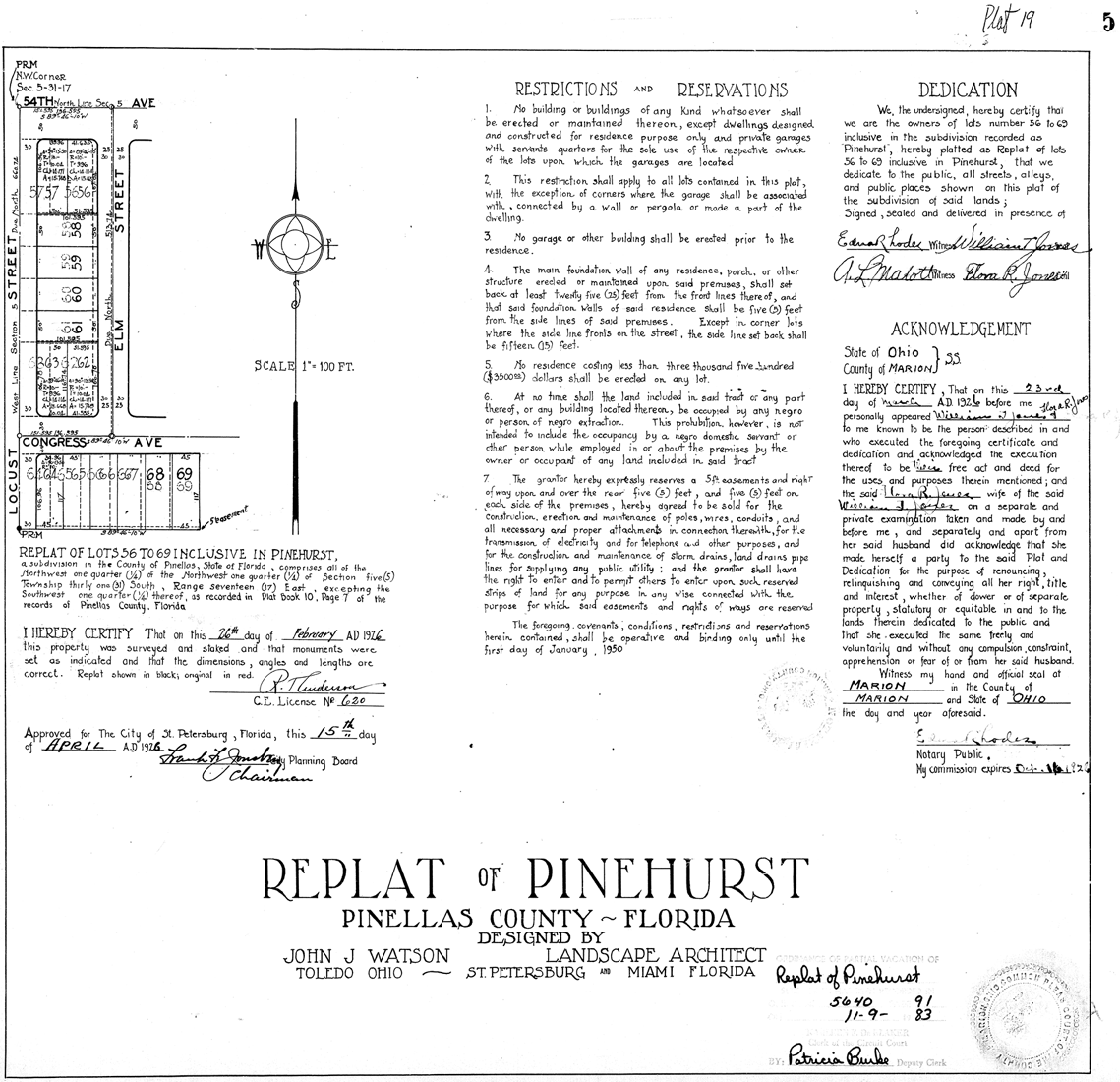|
Davis–Stirling Common Interest Development Act
The Davis–Stirling Common Interest Development Act is the popular name of the portion of the California Civil Code beginning with section 4000, which governs condominium, cooperative, and planned unit development communities in California. Contrary to what the title of the Act suggests, the bill was authored/drafted by University of San Diego School of Law Professor Katharine N. Rosenberry while she served as a Senior Consultant to the California Assembly Select Committee on Common Interest Developments. Assemblymen Lawrence W. "Larry" Stirling and Gray Davis added their names as authors prior to the bill being passed/enacted by the California State Legislature in September 1985. In 2012, the Act was comprehensively reorganized and recodified by Assembly Bill 805. Homeowner association Under Davis–Stirling, a developer of a common interest development is able to create a homeowner association (HOA) to govern the development. As part of creating the HOA, the developer reco ... [...More Info...] [...Related Items...] OR: [Wikipedia] [Google] [Baidu] |
California Civil Code
The Civil Code of California is a collection of statutes for the State of California. The code is made up of statutes which govern the general obligations and rights of persons within the jurisdiction of California. It was based on a civil code originally prepared by David Dudley Field II for the state of New York (but which was never enacted in that state). It is one of the 29 California Codes and was among the first four enacted in 1872. Organization Though the Code is organized in a manner similar to many civil law civil codes, many of its provisions are codifications of well-established common law principles. For example, it contains a definition of consideration, a principle in the common law of contracts which has no direct equivalent in civil law systems. Similarly, it codifies the mailbox rule that communication of acceptance is effective when dropped in the mail, which is a feature unique to the common law. First adopted in 1872 and signed into law by then Governor Newton ... [...More Info...] [...Related Items...] OR: [Wikipedia] [Google] [Baidu] |
California Courts Of Appeal
The California Courts of Appeal are the state intermediate appellate courts in the U.S. state of California. The state is geographically divided along county lines into six appellate districts.California Government Code Sections 69100-69107 The Courts of Appeal form the largest state-level intermediate appellate court system in the United States, with 106 justices. Jurisdiction and responsibility  The decisions of the Courts of Appeal are binding on the
The decisions of the Courts of Appeal are binding on the
|
1996 California Proposition 218
Proposition 218 is an adopted initiative constitutional amendment which revolutionized local and regional government finance and taxation in California.California Secretary of State, Statement of Vote November 5, 1996, p. xii. Named the "Right to Vote on Taxes Act," it was sponsored by the Howard Jarvis Taxpayers Association as a constitutional follow-up to the landmark property tax reduction initiative constitutional amendment, Proposition 13, approved in 1978. Proposition 218 was approved and adopted by California voters during the November 5, 1996, statewide general election. Proposition 218 amended the California Constitution by adding Article XIII C and Article XIII D. Article XIII C added constitutional voter approval requirements for all local government taxes which previously did not exist. Also included in Article XIII C is a provision significantly expanding the constitutional local initiative power by voters to reduce or repeal any local government tax, assessment, ... [...More Info...] [...Related Items...] OR: [Wikipedia] [Google] [Baidu] |
Public Good (economics)
In economics, a public good (also referred to as a social good or collective good)Oakland, W. H. (1987). Theory of public goods. In Handbook of public economics (Vol. 2, pp. 485-535). Elsevier. is a good that is both non-excludable and non-rivalrous. For such goods, users cannot be barred from accessing or using them for failing to pay for them. Also, use by one person neither prevents access of other people nor does it reduce availability to others. Therefore, the good can be used simultaneously by more than one person. This is in contrast to a common good, such as wild fish stocks in the ocean, which is non-excludable but rivalrous to a certain degree. If too many fish were harvested, the stocks would deplete, limiting the access of fish for others. A public good must be valuable to more than one user, otherwise, the fact that it can be used simultaneously by more than one person would be economically irrelevant. Capital goods may be used to produce public goods or services th ... [...More Info...] [...Related Items...] OR: [Wikipedia] [Google] [Baidu] |
1978 California Proposition 13
Proposition 13 (officially named the People's Initiative to Limit Property Taxation) is an amendment of the Constitution of California enacted during 1978, by means of the initiative process. The initiative was approved by California voters on June 6, 1978. It was upheld as constitutional by the United States Supreme Court in the case of ''Nordlinger v. Hahn'', . Proposition 13 is embodied in Article XIII A of the Constitution of the State of California. The most significant portion of the act is the first paragraph, which limits the tax rate for real estate: The proposition decreased property taxes by assessing values at their 1976 value and restricted annual increases of assessed value to an inflation factor, not to exceed 2% per year. It prohibits reassessment of a new base year value except in cases of (a) change in ownership, or (b) completion of new construction. These rules apply equally to all real estate, residential and commercial—whether owned by individuals or ... [...More Info...] [...Related Items...] OR: [Wikipedia] [Google] [Baidu] |
Patio Home
A patio home or cluster home is an American house in a suburban setting. It can be a small, freestanding structure very close to the neighbor or part of a unit of several houses attached to each other, typically with shared walls between units, and with exterior maintenance and landscaping provided through an association fee. Not all of these elements are present in all buildings called patio homes, as the term is used somewhat generically by the real estate industry. The building may actually be a condo in which the owner holds a fractional interest in the land throughout the development, or it may be titled as a townhome in which each homeowner holds direct title to the land on which their unit is built. Targeted buyers are primarily those who do not want to be bothered by external maintenance typically associated with home ownership, sometimes because they only live in the patio home for part of the year. There is not usually a legal definition of a patio home, and some hous ... [...More Info...] [...Related Items...] OR: [Wikipedia] [Google] [Baidu] |
Downtown
''Downtown'' is a term primarily used in North America by English speakers to refer to a city's sometimes commercial, cultural and often the historical, political and geographic heart. It is often synonymous with its central business district (CBD). Downtowns typically contain a small percentage of a city’s employment. In some metropolitan areas it is marked by a cluster of tall buildings, cultural institutions and the convergence of rail transit and bus lines. In British English, the term " city centre" is most often used instead. History Origins The Oxford English Dictionary's first citation for "down town" or "downtown" dates to 1770, in reference to the center of Boston. Some have posited that the term "downtown" was coined in New York City, where it was in use by the 1830s to refer to the original town at the southern tip of the island of Manhattan.Fogelson, p. 10. As the town of New York grew into a city, the only direction it could grow on the island was toward the ... [...More Info...] [...Related Items...] OR: [Wikipedia] [Google] [Baidu] |
Residential Area
A residential area is a land used in which housing predominates, as opposed to industrial and commercial areas. Housing may vary significantly between, and through, residential areas. These include single-family housing, multi-family residential, or mobile homes. Zoning for residential use may permit some services or work opportunities or may totally exclude business and industry. It may permit high density land use or only permit low density uses. Residential zoning usually includes a smaller FAR (floor area ratio) than business, commercial or industrial/manufacturing zoning. The area may be large or small. Overview In certain residential areas, especially rural, large tracts of land may have no services whatever, such that residents seeking services must use a motor vehicle or other transportation, so the need for transportation has resulted in land development following existing or planned transport infrastructure such as rail and road. Development patterns may be reg ... [...More Info...] [...Related Items...] OR: [Wikipedia] [Google] [Baidu] |
Single-family Detached Home
A stand-alone house (also called a single-detached dwelling, detached residence or detached house) is a free-standing residential building. It is sometimes referred to as a single-family home, as opposed to a multi-family residential dwelling. Definitions The definition of this type of house may vary between legal jurisdictions or statistical agencies. The definition, however, generally includes two elements: * Single-family (home, house, or dwelling) means that the building is usually occupied by just one household or family, and consists of just one dwelling unit or suite. In some jurisdictions allowances are made for basement suites or mother-in-law suites without changing the description from "single family". It does exclude, however, any short-term accommodation (hotel, motels, inns), large-scale rental accommodation ( rooming or boarding houses, apartments), or condominia. * Detached (house, home, or dwelling) means that the building does not share wall with oth ... [...More Info...] [...Related Items...] OR: [Wikipedia] [Google] [Baidu] |
Supreme Court Of California
The Supreme Court of California is the highest and final court of appeals in the courts of the U.S. state of California. It is headquartered in San Francisco at the Earl Warren Building, but it regularly holds sessions in Los Angeles and Sacramento. Its decisions are binding on all other California state courts. Since 1850, the court has issued many influential decisions in a variety of areas including torts, property, civil and constitutional rights, and criminal law. Composition Under the original 1849 California Constitution, the Court started with a chief justice and two associate justices. The Court was expanded to five justices in 1862. Under the current 1879 constitution, the Court expanded to six associate justices and one chief justice, for the current total of seven. The justices are appointed by the Governor of California and are subject to retention elections. According to the California Constitution, to be considered for appointment, as with any California ju ... [...More Info...] [...Related Items...] OR: [Wikipedia] [Google] [Baidu] |
Condominium
A condominium (or condo for short) is an ownership structure whereby a building is divided into several units that are each separately owned, surrounded by common areas that are jointly owned. The term can be applied to the building or complex itself, as well as each individual unit within. Residential condominiums are frequently constructed as apartment buildings, but there are also rowhouse style condominiums, in which the units open directly to the outside and are not stacked, and on occasion "detached condominiums", which look like single-family homes, but in which the yards (gardens), building exteriors, and streets as well as any recreational facilities (such as a pool, bowling alley, tennis courts, and golf course), are jointly owned and maintained by a community association. Unlike apartments, which are leased by their tenants, condominium units are owned outright. Additionally, the owners of the individual units also collectively own the common areas of the property, ... [...More Info...] [...Related Items...] OR: [Wikipedia] [Google] [Baidu] |
CC&Rs
A covenant, in its most general sense and historical sense, is a solemn promise to engage in or refrain from a specified action. Under historical English common law, a covenant was distinguished from an ordinary contract by the presence of a seal. Because the presence of a seal indicated an unusual solemnity in the promises made in a covenant, the common law would enforce a covenant even in the absence of consideration. In United States contract law, an implied ''covenant'' of good faith is presumed. A covenant is an agreement like a contract. The covenantor makes a promise to a covenantee to perform an action ''(affirmative covenant'' in the United States or ''positive covenant'' in England and Wales) or to refrain from an action (negative covenant). In real property law, the term ''real covenants'' means that conditions are tied to the ownership or use of land. A "covenant running with the land", meeting tests of wording and circumstances laid down in precedent, imposes duti ... [...More Info...] [...Related Items...] OR: [Wikipedia] [Google] [Baidu] |






